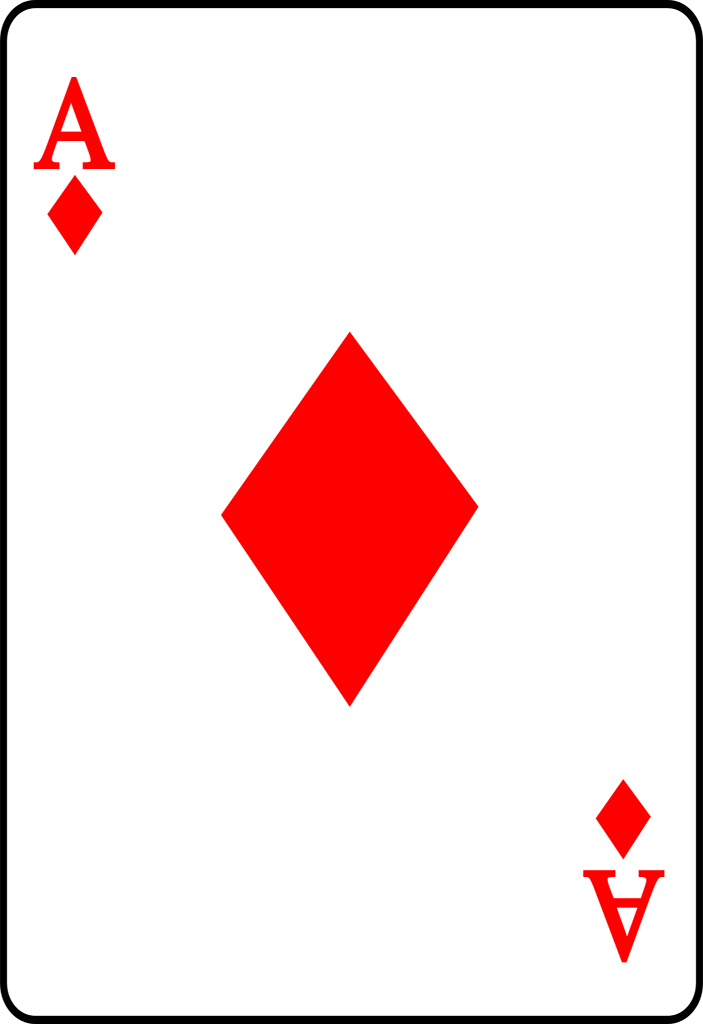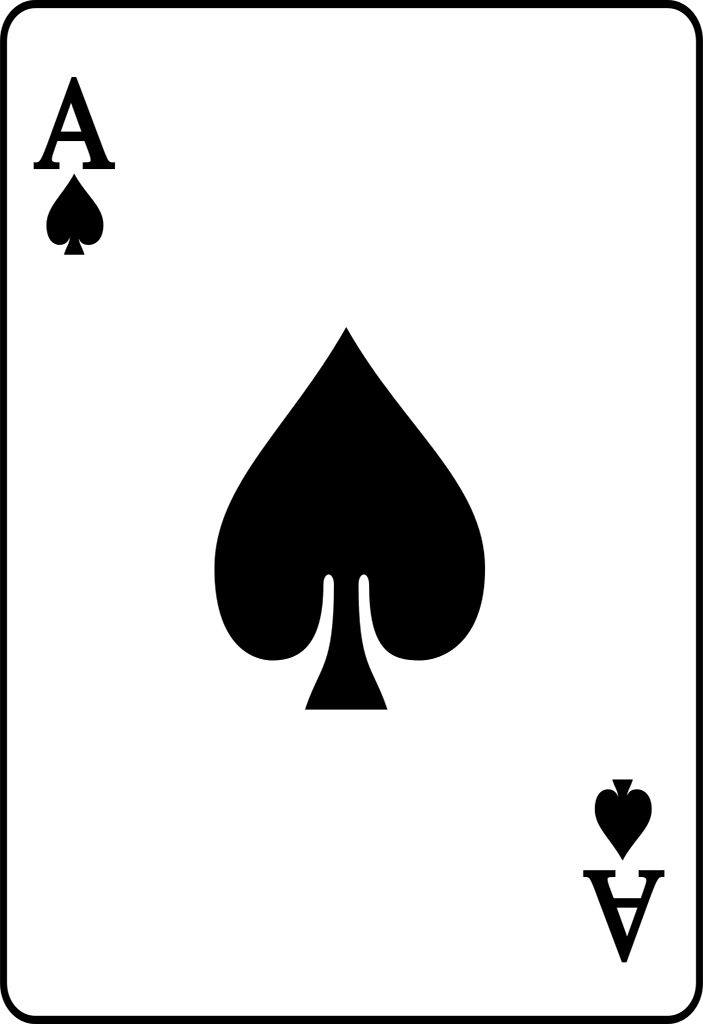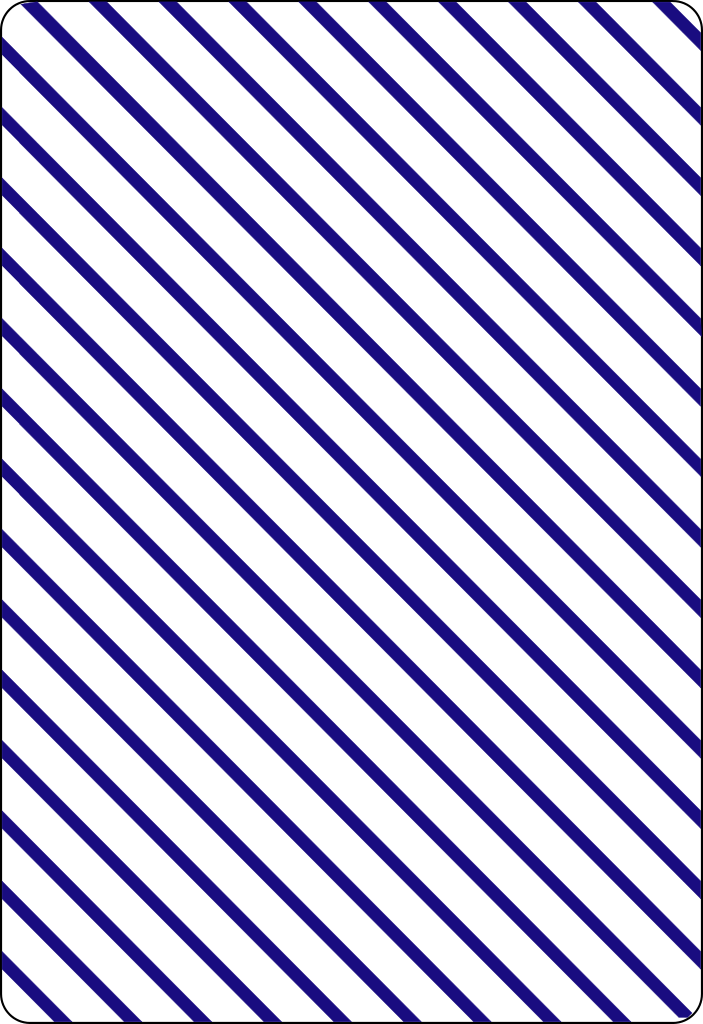Would You Like to Play a Game?
Not too long ago, I introduced the ideas of entanglement and wave functions with the ultimate goal of explaining quantum teleportation. I also wrote about how I have been too busy to post recently, and how I am therefore anxiously yearning to return to this topic. Since that post, I have been writing as much as I can and feverishly subjecting myself to a crash-course in JavaScript to come up with examples that I think nicely illustrate the basics of quantum entanglement. Hopefully, you will agree and by the end of this post poses the fundamental knowledge necessary to understand this phenomenon.
Let us begin by considering an everyday example of entanglement. Imagine that you and I both have full decks of playing cards and that we each draw a card from our own deck at random. When we compare the values of the cards we have drawn, we find that there is no correlation between them, whatsoever. You might have a seven of clubs, and I might have a three of hearts. Or, you and I could both have jacks of diamonds. In fact, there are \(52 \times 52 = 2704\) possible outcomes, all of them are equally likely to occur, and the card you draw gives you absolutely no clue as to the card I might draw. The same fact applies to me. This is an example of a non-entangled system, in which there is no correlation between the outcomes of our experiments.
Now, let us prepare an entangled state and see how it behaves. We do this by each selecting a card from our respective decks and discarding the rest. We then reveal the values of our selected cards to ourselves and to each other. For the purpose of this example, say the two following cards were chosen:
After establishing our new two-card deck, we turn the cards face down, shuffle them up, and then randomly pick one. Go ahead and try it out! Click or tap a card:
Which one did you get? If I pick the other card (which I must since you already took the first one), can you predict which card I have? It's easy when there are only two choices! Go ahead and tap or click on my card to test your hypothesis.
If you picked the ace of spades, then I must have the ace of diamonds and vice versa, right? That might seem too obvious to be profound, but it's a perfect example of entanglement because there is a perfect correlation between the outcomes of our experiments. If you have one card, then I must have the other! It's almost so simple that it's confusing, as people expect entanglement to be difficult to understand and in this case, it is not.
It's also easy to comprehend because we are using non-quantum (the technical term is "classical") playing cards that each have one particular value. Thus, our classical intuition is able to predict the outcome of our experiment, simply by drawing upon our knowledge of the everyday world. But what happens if we are dealing with quantum playing cards—i.e., cards represented by wave functions that allow different values to result when the card is turned face-up? For example, our quantum playing card could be described by the wave (or "state," for the pedants) function
\begin{equation}
\lvert \psi \rangle = \frac{1}{\sqrt{2}} \left( \lvert \spadesuit \rangle + \lvert \diamondsuit \rangle \right).
\label{270717:qpc}
\end{equation}This card has a \(50\%–50\%\) chance of being either an ace of spades or ace of diamonds when it is turned face up! Go ahead and try it out by clicking or tapping the card below:
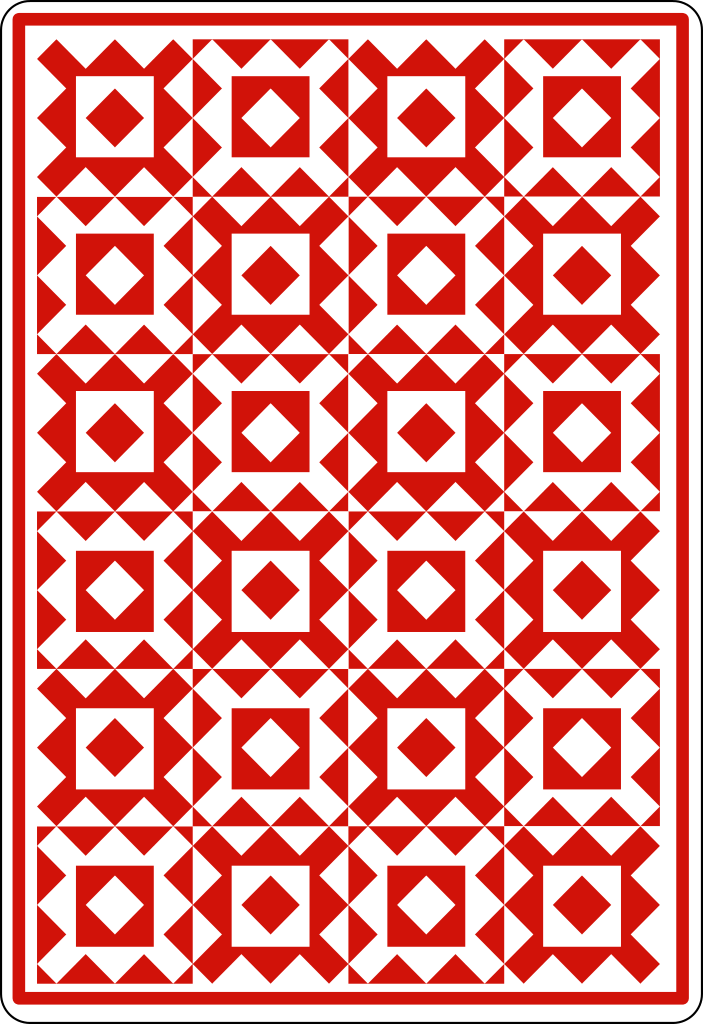
(Pro-tip: if you got the same result many times in a row, keep trying—that's just the nature of randomness!)
Now, let us imagine having two of these quantum cards; one labeled \(A\) and the other labeled \(B\). To begin, we will consider the case in which our cards are described by two distinct wave functions that happen to have the same form: \begin{equation}
\begin{array}{c}
\displaystyle \lvert \psi \rangle_A = \frac{1}{\sqrt{2}} \left( \lvert \spadesuit \rangle_A + \lvert \diamondsuit \rangle_A \right),
\\[2ex]
\displaystyle \lvert \psi \rangle_B = \frac{1}{\sqrt{2}} \left( \lvert \spadesuit \rangle_B + \lvert \diamondsuit \rangle_B \right).
\label{270717:qpcAB}
\end{array}
\end{equation}That situation is presented below. Try flipping over these cards and seeing if there is any correlation between their values:
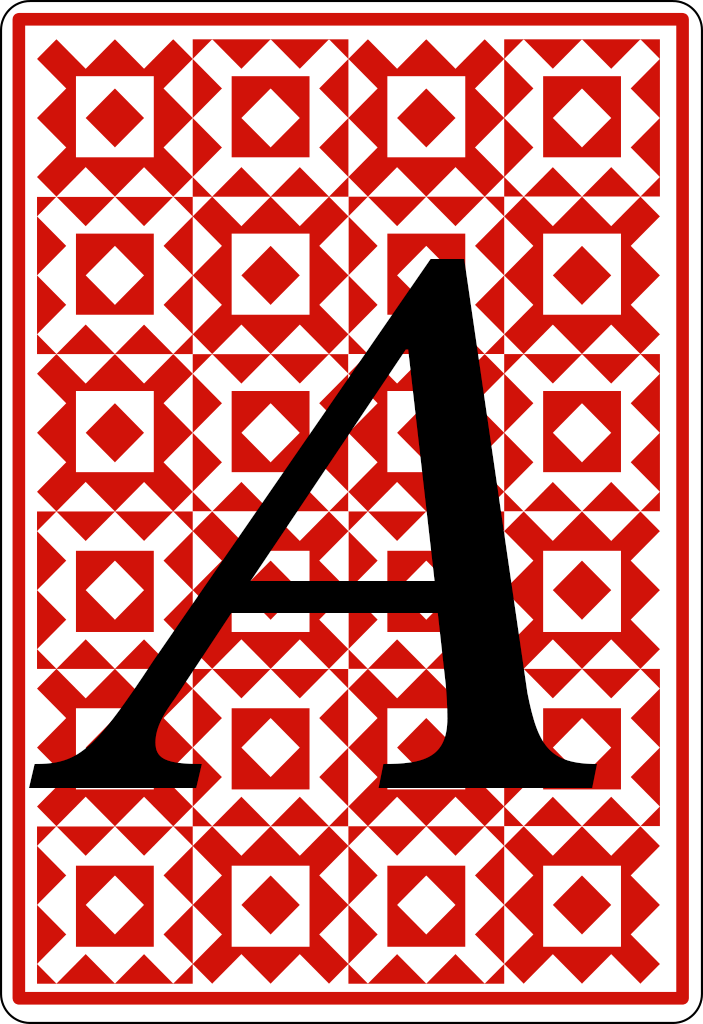
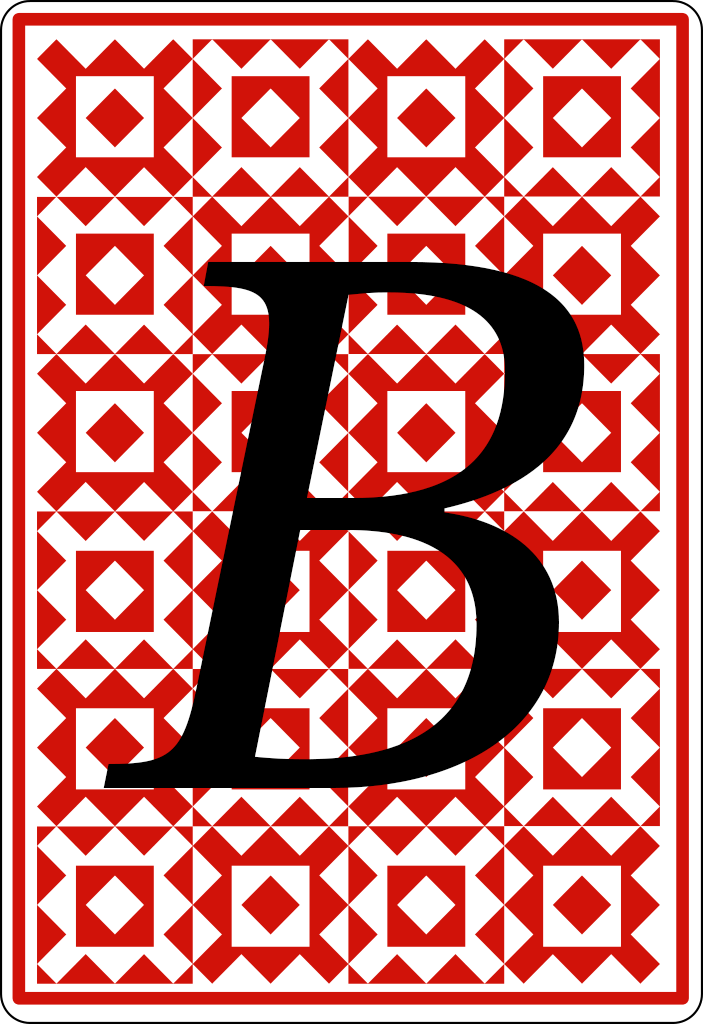
(Note: both cards must be face-up to test for correlations. Turning a card face-down resets its wave function!)
After repeating this experiment many times, you should find that there is no correlation between the values of card \(A\) and card \(B\). (If you do find a correlation, then my JavaScript is broken!) Because there is no correlation when both cards are turned face-up, the following four outcomes are all equally likely to occur:\begin{equation}
\begin{array}{c|c}
A & B \\
\hline
\lvert \spadesuit \rangle & \lvert \diamondsuit \rangle \\
\lvert \diamondsuit \rangle & \lvert \spadesuit \rangle \\
\lvert \spadesuit \rangle & \lvert \spadesuit \rangle \\
\lvert \diamondsuit \rangle & \lvert \diamondsuit \rangle
\end{array}
\label{072817:ABne}
\end{equation}Therefore, it is impossible to predict the value of one card merely by looking at the other. This stands in marked contrast to the classical example, where we can predict the value of a face-down card by examining its partner. We can do this because the classical cards have to be different; if one is a diamond, then the other must be a spade and vice versa. However, in the quantum case above, no such constraint exists; the cards can be different, but they can also be the same. Thus, randomness prevails, we find no correlation, and the system is not entangled.
Nevertheless, it is possible to prepare a quantum state in which the values of our cards are correlated. We can even make a system in which they have to be different, as is true in the classical case. We can do this because both of those states exist in table \eqref{072817:ABne} above! If we could just isolate them from the two outcomes in which both cards are the same, then we could regain our perfect correlation and entanglement. Fortunately, quantum mechanics allows us to do just that, and I have prepared such a system for you below! Go ahead and try it out:
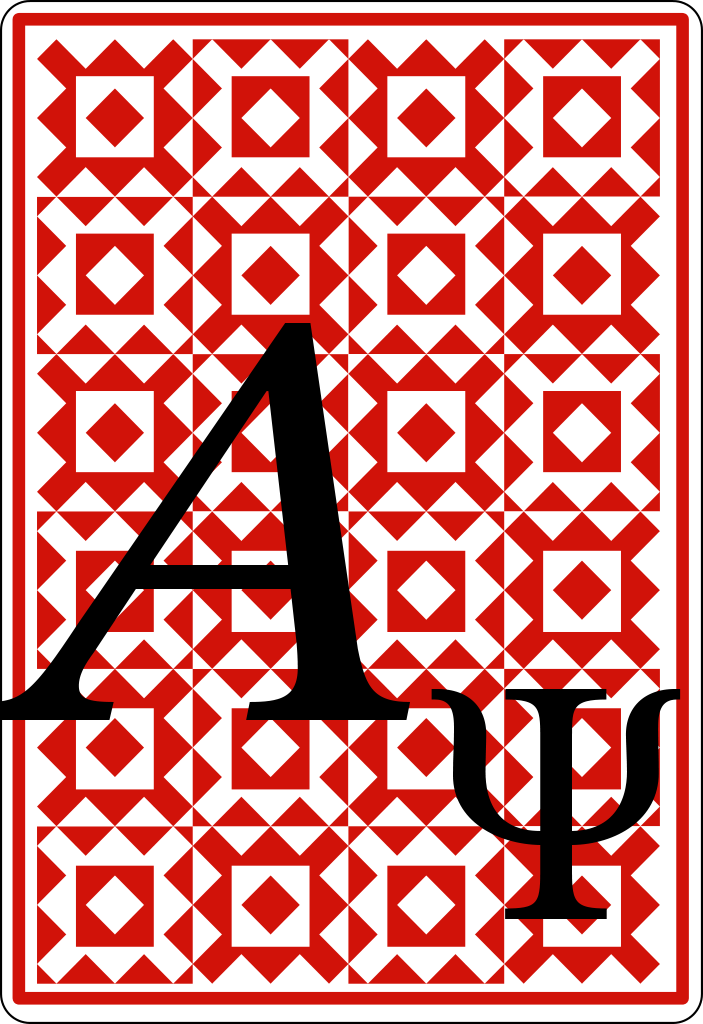
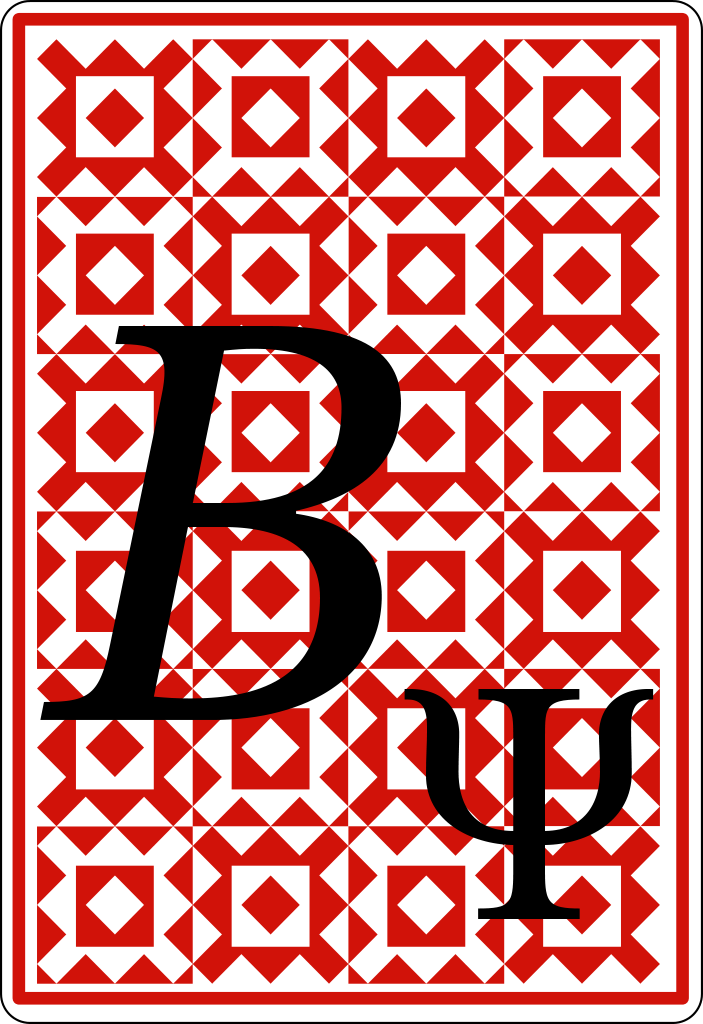
Assuming my JavaScript works as intended, the only possible outcomes that can be obtained when both cards are face-up are\begin{equation}
\begin{array}{c|c}
A_\Psi & B_\Psi \\
\hline
\lvert \spadesuit \rangle & \lvert \diamondsuit \rangle \\
\lvert \diamondsuit \rangle & \lvert \spadesuit \rangle
\end{array}
\label{072817:ABPsi}
\end{equation}Thus correlation and entanglement have been regained, and it is once again possible to predict the value of a face-down card by examining its partner, just like in the classical case. However, unlike in the classical case, where the two cards always have different values, our quantum cards come with the possibility of having the same values, and it is possible to turn that into yet another example of entanglement:
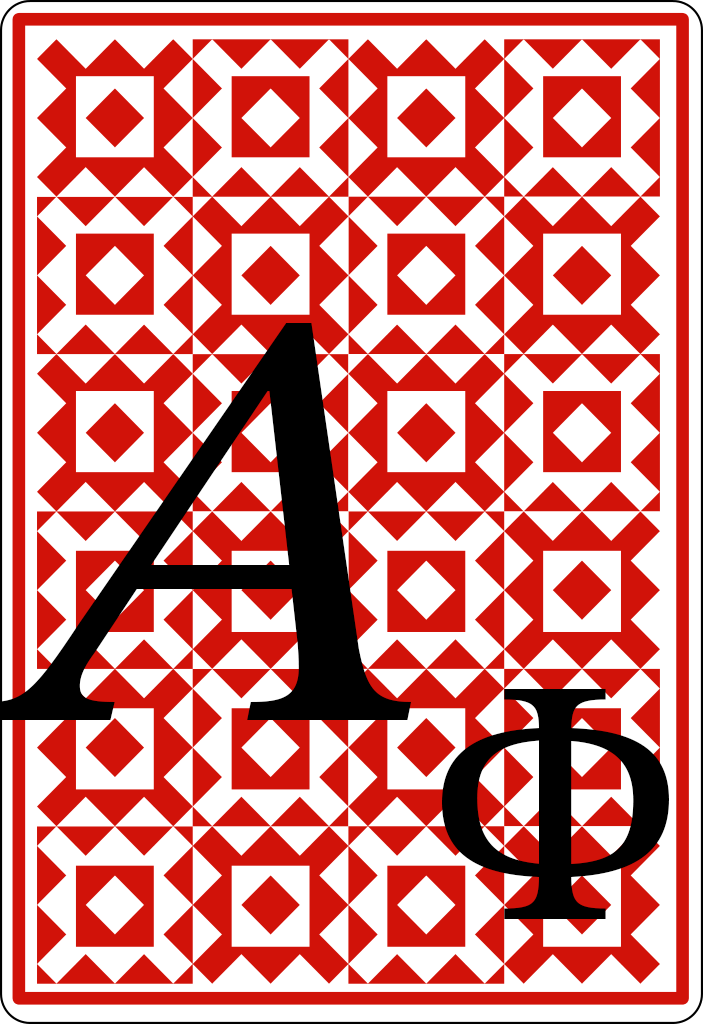
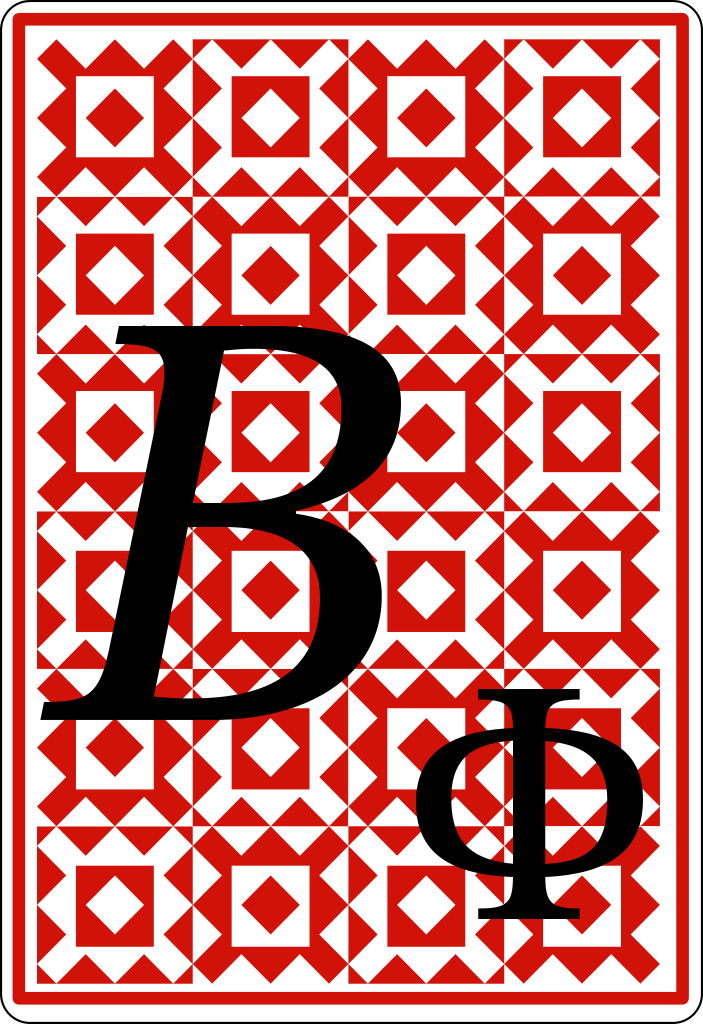
Once again, having hopefully mastered JavaScript from scratch, we should have arranged our cards into a state where they will always have identical face-up values:\begin{equation}
\begin{array}{c|c}
A_\Phi & B_\Phi \\
\hline
\lvert \spadesuit \rangle & \lvert \spadesuit \rangle \\
\lvert \diamondsuit \rangle & \lvert \diamondsuit \rangle
\end{array}
\label{072817:ABPhi}
\end{equation}Just as before, this means their values are tightly correlated and we can predict the value of one by turning over the other. Hence, entanglement!
That this point, astute observers will have noticed a relationship between tables \eqref{072817:ABne}, \eqref{072817:ABPsi}, and \eqref{072817:ABPhi}; the first is a combination of the other two, meaning that our original non-entangled state is, in fact, a linear combination of two entangled states. That is curious and somewhat counterintuitive, but it's true! Just see for yourself:\begin{equation*}
\begin{array}{c}
\begin{array}{c|c}
\, A \; & \; B \, \\
\hline
\end{array} \\
\left.
\begin{array}{c}
\; \qquad \text{Entangled} \, \eqref{072817:ABPsi} \left\{
\begin{array}{c|c}
\lvert \spadesuit \rangle & \lvert \diamondsuit \rangle \\
\lvert \diamondsuit \rangle & \lvert \spadesuit\rangle
\end{array}
\right.
\\
\; \qquad \text{Entangled} \, \eqref{072817:ABPhi} \left\{
\begin{array}{c|c}
\lvert \spadesuit \rangle & \lvert \spadesuit \rangle \\
\lvert \diamondsuit \rangle & \lvert \diamondsuit \rangle
\end{array}
\right.
\end{array}
\right\} \text{Not Entangled!} \, \eqref{072817:ABne}
\end{array}
\end{equation*}This property of our quantum cards can also be seen in their wave functions, but that's a topic for the next post. If you are able to follow everything above, then you understand the basics of quantum entanglement, which again, are as follows:
- Two systems are entangled if the outcomes of identical measurements made upon both of them are correlated. This means that when you perform the same experiment on both systems, the result of the operation upon one will allow you to predict the outcome of the same function on the other. For example, when our quantum cards are entangled, we can turn one over and then successfully predict what we will see when we turn over the other card.
- Two systems are not entangled when there is no correlation between identical measurements made upon them. Thus, we cannot use the result of an experiment performed upon one to predict the outcome of the same experiment on the other. In the case of our non-entangled quantum cards, whenever we turned over one, we still had no idea of what we would find upon turning over the other.
- Finally, two entangled states can be combined to make a non-entangled state. Or, conversely (and more importantly), a non-entangled state can be broken down into two entangled states.
Again, if you have internalized these three facts, then you have an intuitive understanding of everything you need to know for what follows: the mathematical notation of entanglement and quantum teleportation. So, stay tuned! We're on the home stretch, and we are about to reach the plate.
P.S. If you have encountered anything that is confusing and needs clarification, please let me know! I am happy to oblige. Similarly, if you see that I have made any mistakes anywhere—at all—please point them out! I don't want to be any more wrong than necessary.
Thanks!
Aaron

